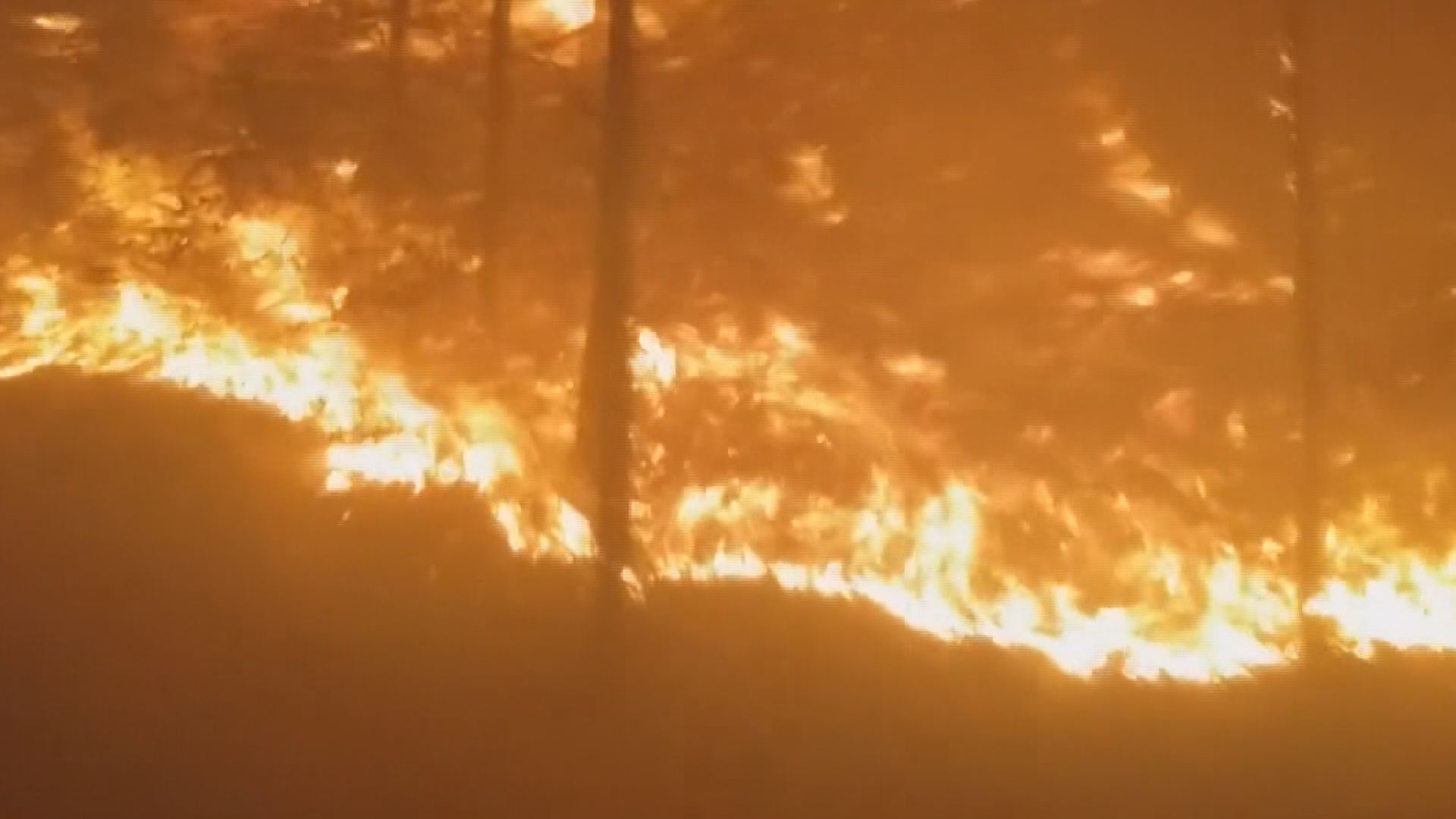A 7-member team of experts, from across the country, is working with the National Park Service to figure out what happened before and during the deadly Sevier County wildfires.
Friday at 5pm, our WBIR 10News Investigation continues with Park Superintendent Cassius Cash explaining the complexity of the intense firefight and what their task force is hoping to uncover.
It's been more than two months since a deadly, historic and unprecedented wildfire outbreak in Sevier County killed 14 people and forced out more than 14,000 residents and tourists.
Now some people are wondering whether they should rebuild or move on.
Sevier County Mayor Larry Waters and Gatlinburg city manager Cindy Ogle sat down with WBIR 10News to address lingering concerns and questions.
"It was totally unprecedented," Ogle said. "I don't think anyone could've ever imagined that this kind of horrific happening could've occurred in our area."
To date, more than 4,200 people have filed insurance claims, totaling close to $1 billion in combined residential and commercial property losses.
The wildfires took out more than 17,000 acres and destroyed, damaged or affected some 2,500 hundred structures across Sevier County and Gatlinburg.
The fire started on Nov. 23 on the Chimney Tops Trail, within the Great Smoky Mountains National Park.

It grew in the following days, until - on the evening of Nov. 28 - it spread rapidly into residential areas, fueled by high winds and extreme drought conditions. Power lines downed in the wind sparked additional and unrelated fires, in areas including Cobbly Nob and Wears Valley.
As fires quickly got out of hand that night, officials started receiving hundreds of 911 calls from all over the county. Emergency responders were overwhelmed and unable to reach everybody in need of help. People were left to make their own escapes down burning mountain roads, getting out with their lives and not much else.
To this day, many of them wonder why officials didn't give them adequate warning - and say they want reassurance about safety in the future.
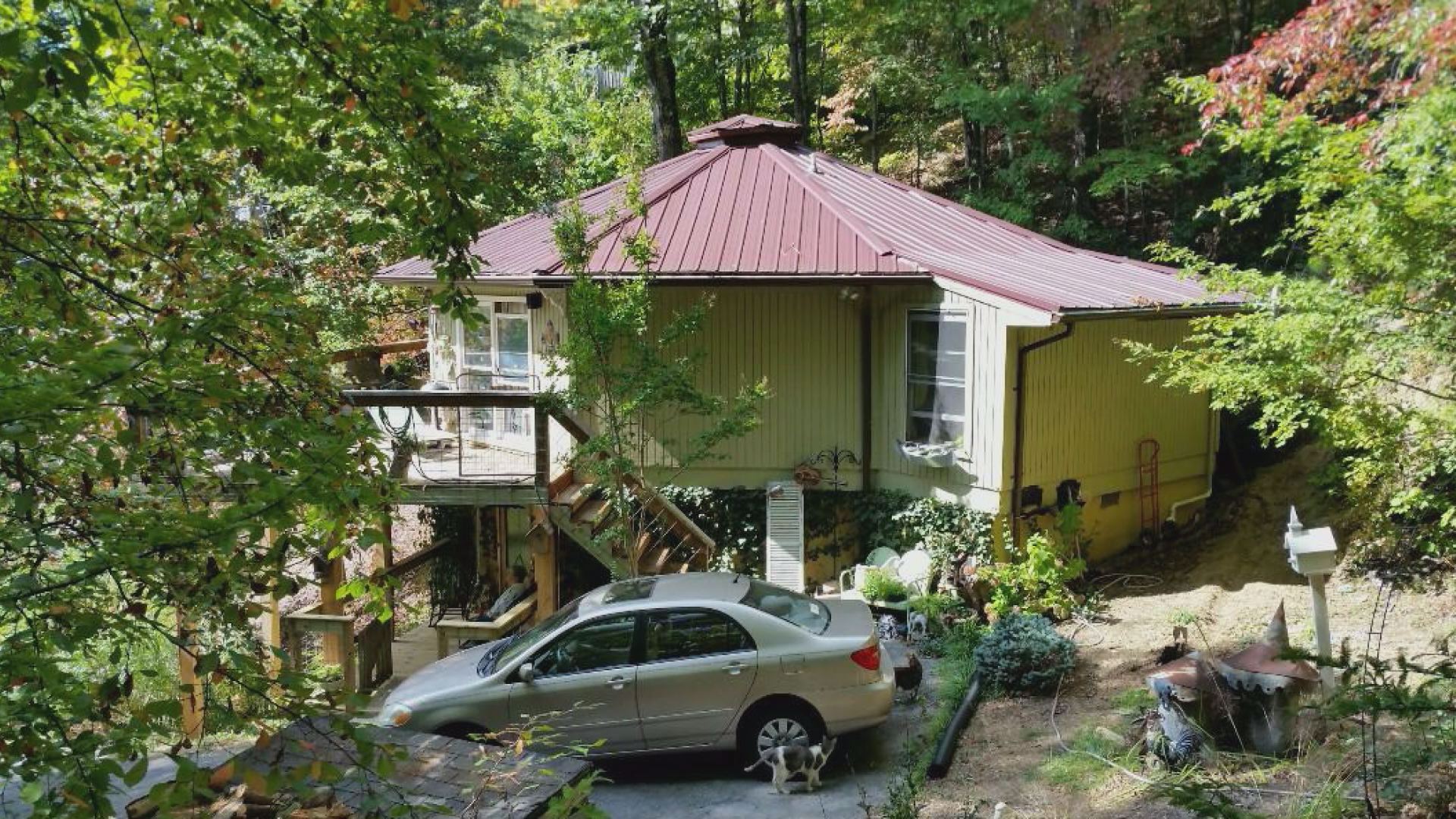
QUESTIONS ABOUT EVACUATION TIMING
Asked if he would have issued a mandatory evacuation sooner, Waters said, "No, because ... I think that those unusual circumstances made it difficult for anybody to foresee what happened that night."
Waters says the fire, which had been burning in the Great Smoky Mountains National Park for five days at that point, moved much more rapidly than crews anticipated.
"From the firefighters' standpoint, they felt that they had things under control until the wind direction shifted all at once, in an entirely different direction," Waters said. "When it did, that's when things really turned ... not bad but worse."
Ogle points out the fire chief had issued evacuations throughout the day, including a voluntary one for the Mynatt Park neighborhood early that afternoon, which the chief made mandatory around 6 p.m.
"As to the massive outbreak of the fires, it happened in a matter of minutes," she said.
Images from that night show people escaping down burning mountain roads. Several evacuees told 10News their first indication to leave came when they looked out their window and saw approaching flames.
I SURVIVED KATRINA, AND NOW THIS...
Genie Brabham lost her Chalet Village home in the Sevier County wildfires.
"Moved from Louisiana and bought this little round house and loved living in the area," she explained.

She has not, however, lost her words.
"Heart-broken, disappointed," she said, describing her current state.
She knows about natural disasters. Her home in Louisiana took on more than two feet of water in Hurricane Katrina. She recovered from that and moved here to Sevier County eight years ago.
She brought her two cats, which disappeared the night of the fire.
"I don't think they could've saved my home, but I certainly could've saved my two precious cats and everything I owned in it," with more warning and an earlier evacuation, she said. "I could've gotten something out."
45 NWS NOTICES
Brabham does not blame the National Weather Service.
Anthony Cavallucci is a warning coordination meteorologist with the National Weather Service out of Morristown.
His office issued more than three dozen notices related to the conditions leading up to Monday night's deadly wildfires, including an enhanced fire danger statement on both Sunday and Monday mornings.
"Which I thought had highlighted the explosive possibility of fire growth, so not just for the fires that were ongoing, but any fires that were started after that," Cavallucci explained.
The statement issued at 9:57 that Monday morning read, "enhanced fire danger is due to strong and gusty winds that are expected to develop as the day progresses," making, "conditions near ongoing wildfires very dangerous, allowing them to possibly spread at a fast rate. Any new fires that develop will also have the chance so spread quickly."
"I knew there were high wind warnings, and last I seen was 50 to 60 mph winds, but I didn't know that part of that warning said that it would affect the fires that were going on in the park," Waters said, when asked about those enhanced fire danger statements during Monday's sit-down interview with 10News.
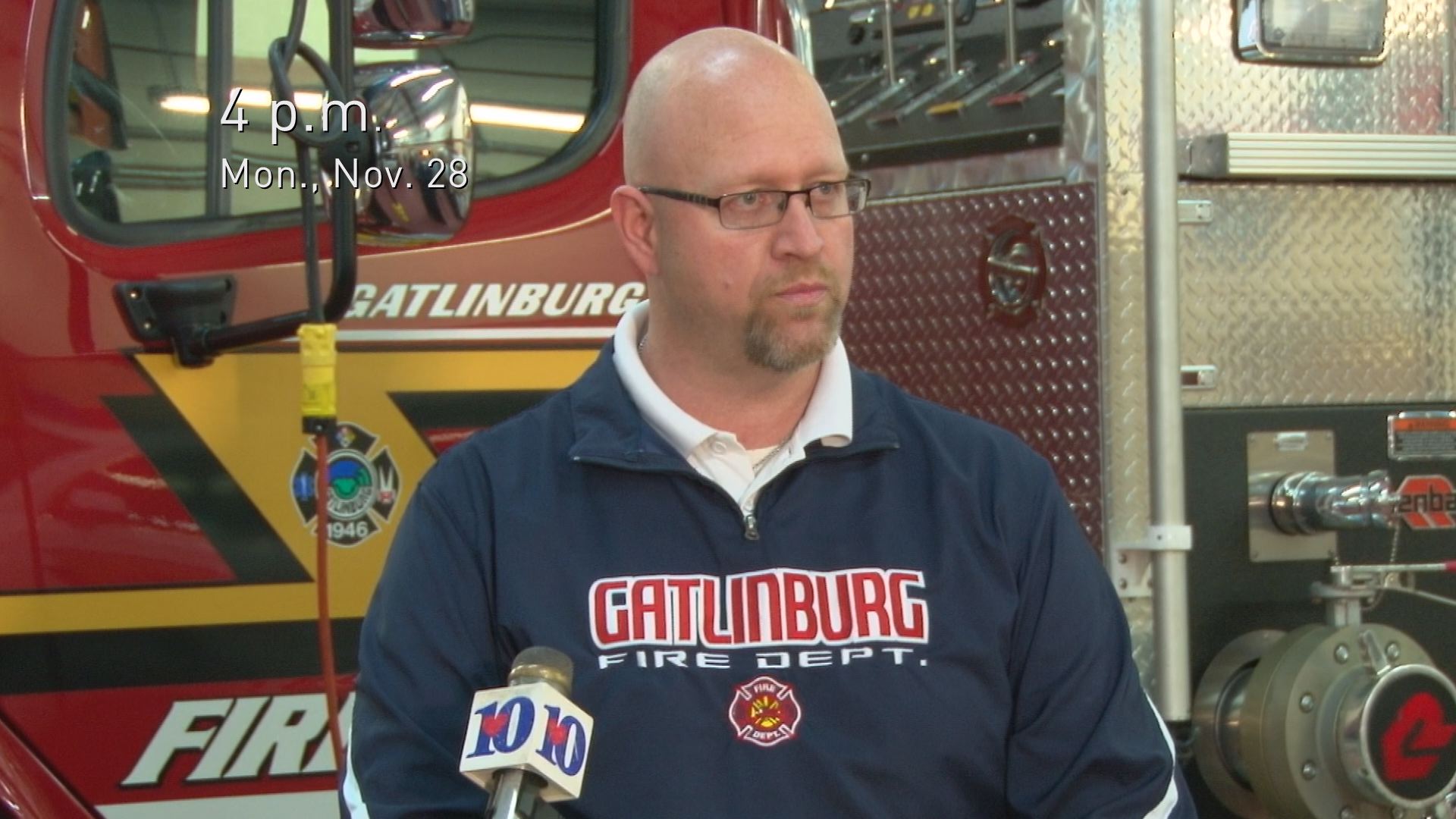
Brabham was out visiting friends in the area that Monday when, around 7:45 p.m., she got a call from another friend, telling her the neighborhood was on fire. By then, it was too late to go home and save her cats - the roads were closed.
She was caught off guard, which is why she wonders why that enhanced fire danger alert on Monday morning did not trigger a mandatory city-wide evacuation.
"They dropped the ball. They should've evacuated starting at 10 a.m., and they didn't do it," she said. "I'd like to know who was in charge of that."
Gatlinburg Fire Chief Greg Miller made that call, as incident commander. He issued a mandatory citywide evacuation at 8:30 that Monday night.
"They should either retire or be fired. Simple as that," Brabham said.

At a media briefing around 4 p.m. that Monday, Miller updated journalists on the developing conditions.
"We are cautiously optimistic," he told the group at 4 p.m Monday. "We hope to be able to keep these people in their homes, but we will not implement a mandatory evacuation until we feel like they're going to be threatened, their health and their safety will be threatened by staying where they are."
WBIR 10News reached out to Miller, who did not respond to our request for an interview.
Gatlinburg city manager Cindy Ogle spoke to us instead.
When asked whether she thinks anyone needs to resign in this situation, Ogle responded decisively, "Absolutely not."
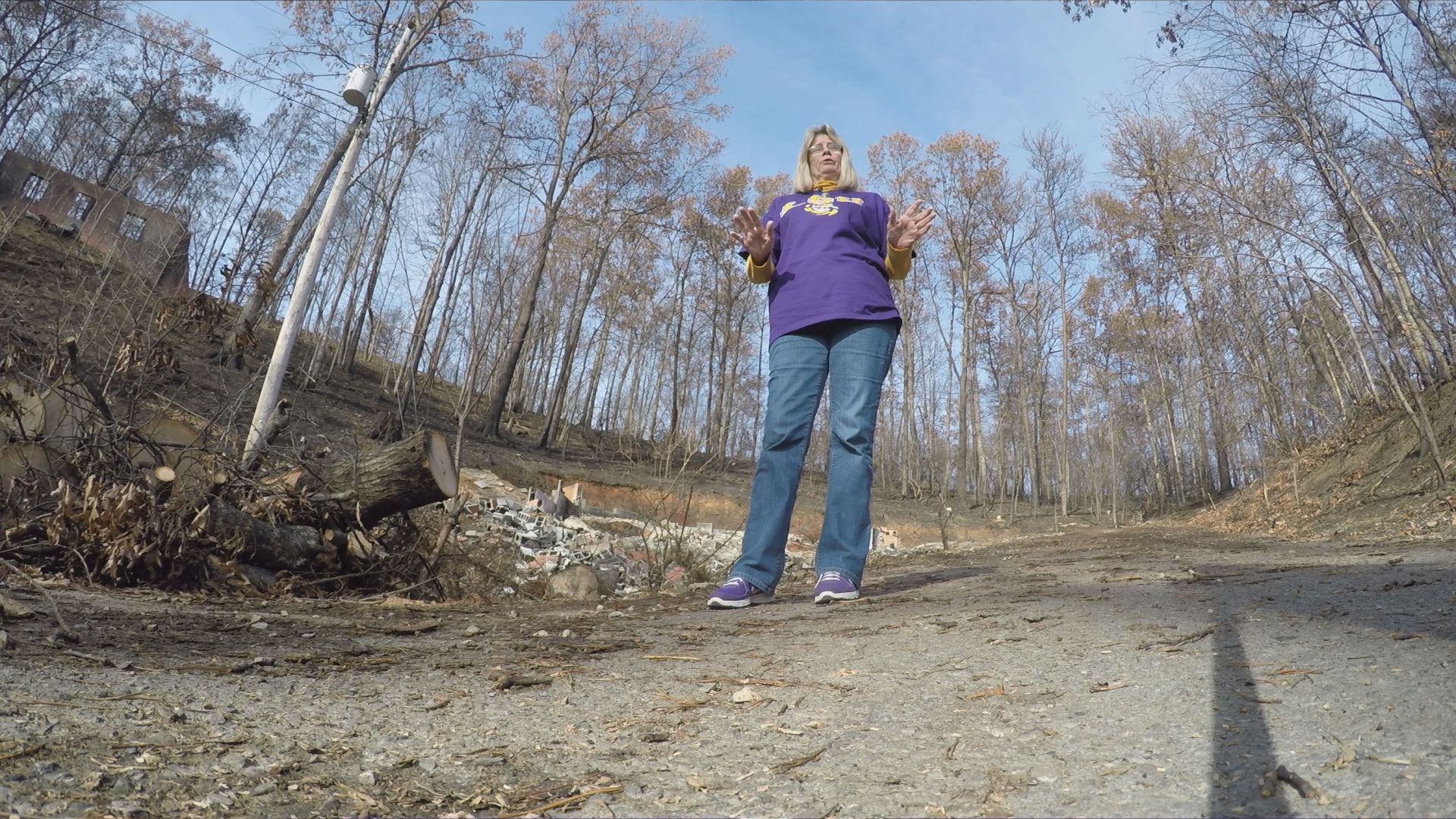
CHANGES TO ASSURE SAFETY
Now Brabham is deciding whether to rebuild.
"Before I rebuild, I want to know what the county's going to do to protect me this time," she said, standing amid the rubble of her Sevier County home. "You did not protect me the first time. Do you have a plan in store? Did you have a plan? Do you have emergency evacuation meetings annually? Six months?"
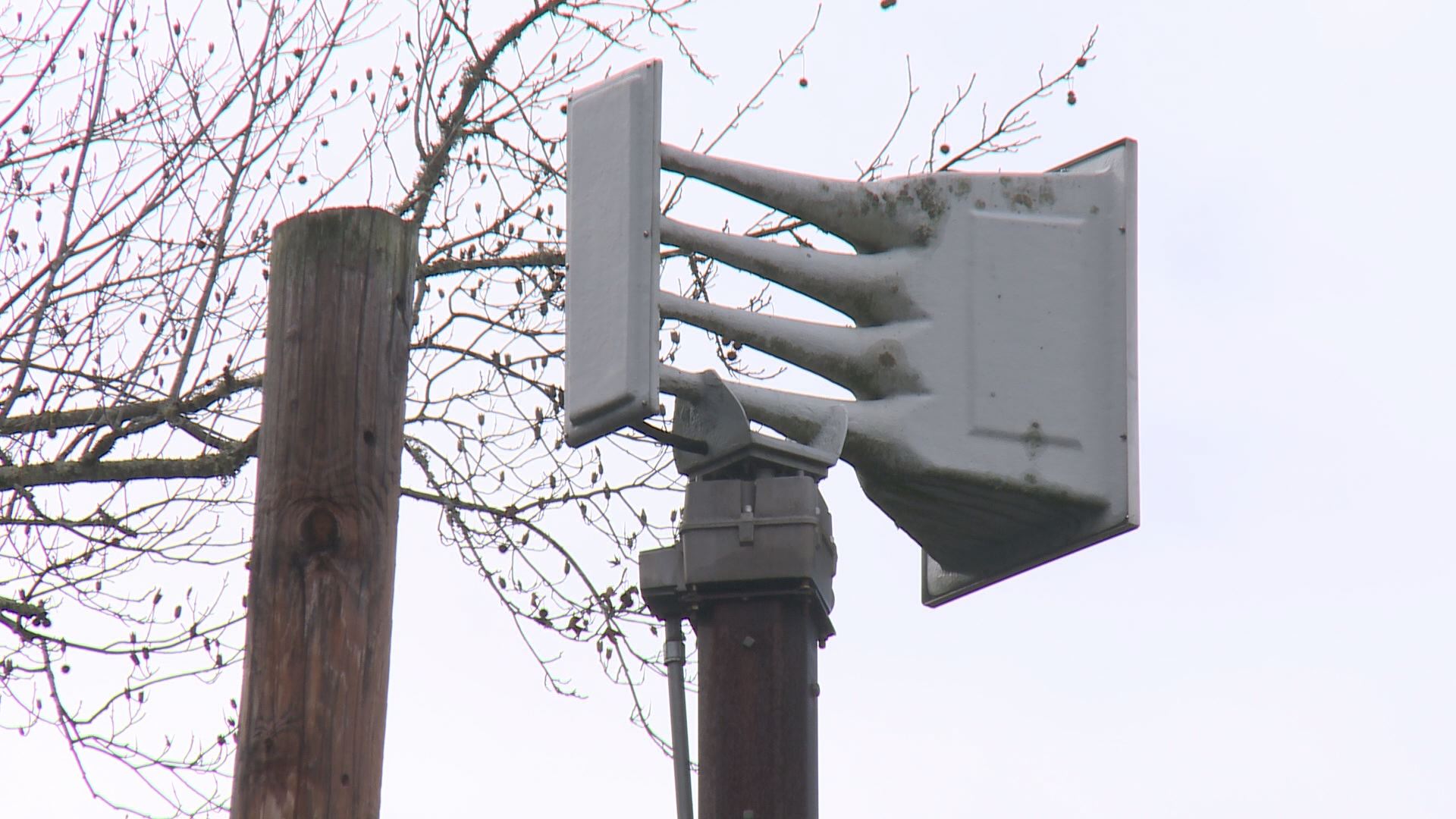
Ogle said the city has an evacuation plan in its Emergency Operations plan.
"The chiefs have advised me that that is, indeed, what was followed," Ogle said.
The city and county are working to set up an independent "after action report," she added, in which outside officials will come evaluate the decisions of that night.
"We're going to review everything that happened, and if we can make improvements, everyone involved in all of the cities and the county, we'll make improvements to protect citizens and visitors alike," Waters said.
"We're going to learn from this experience," Ogle added. "We'll be looking at some evaluation of what happened, and we'll certain improve in the areas that we identify out of that kind of evaluation."
She said after action reports are often conducted internally, but Sevier County and Gatlinburg officials are contacting outside agencies, due to the intensity of this event. Ogle mentioned Miller has reached out to the International Association of Fire Chiefs, though no group has been officially picked to conduct the report.
Ogle said city and county leaders want "to be sure to get the independent review that we think that we need to do a very good, thorough assessment."
They hope to get a team to the county in the next few months and expect the report to take up to a year to compile.
"We have checked with other areas that have had major disasters," and found these reports have taken six to 12 months to complete, Waters explained, including communities impacted by Hurricanes Katrina and Sandy.
More immediately, the city of Gatlinburg is currently working on replacing its warning system, originally intended to notify those in the downtown area of flooding, which consisted of four sirens that did sound on the night of the wildfires.
The system was damaged in the fires, Ogle said.
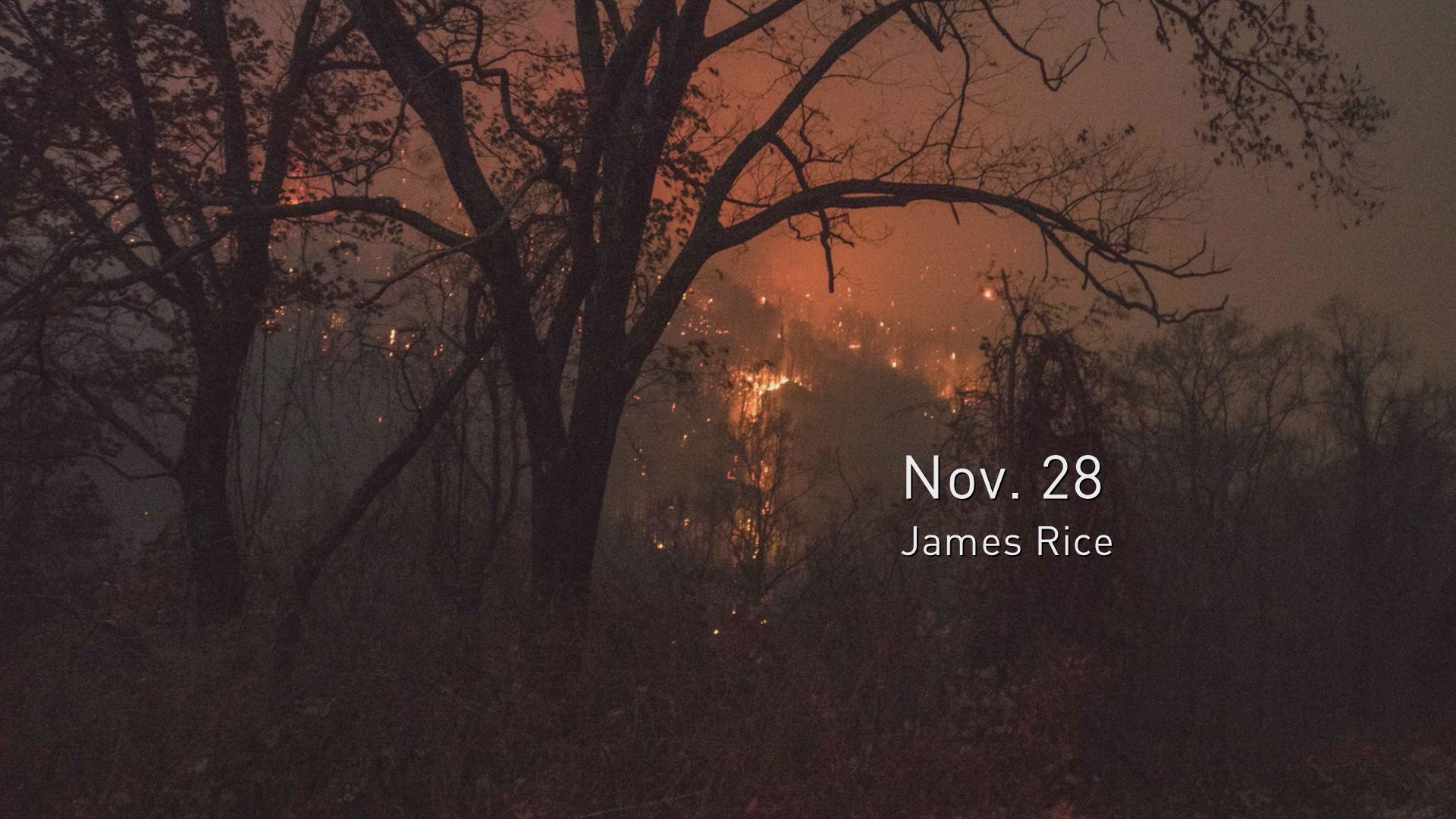
"We are going to be installing a new system and an enhanced system that will have a capability to call cell phones, to use AM radio, to use other forms of communication," Ogle said.
"That's something that we've talked about - and expanding it outside the city limits," Waters added. "If that's feasible, we're going to try to do that, and we don't know how far that that can be expanded because we've just had some preliminary discussion on it."
The city is already in the process of reinstalling the system, Ogle said.
"It's going to be a few weeks before we literally are on the ground reinstalling," she said, but the goal is "to expand that throughout the city and into some of the areas of the county that were - and (Mayor Waters) may even want to go past that - that were so hard-hit: the North Chalet Village area, the Spur area."
So while Brabham is still deciding what to do with her property, for Ogle, the decision is clear.
"My husband and I lost our home, and we have full intention of rebuilding," she said. "We recognize the unprecedented nature of what happened, but we also recognize the extraordinary services of our city and our county."
For people waiting for answers to lingering questions, those - and any changes in policy - may not come for months. Not until the after action report is complete.
INFORMATION LOCKDOWN
As for the criminal case, prosecutors have charged two juveniles with aggravated arson in starting the fire on Chimney Tops in the national park. Because of the ages of the accused, the public has received limited information up to this point.
District attorney general James Dunn issued a statement on Dec. 15, making it very clear the public can expect very little information going forward, too.
"There is an incredible amount of information that has to be processed," he wrote. "Any releases of information at this time would be extremely premature and could compromise the investigation."
Further, he wrote, "there are also confidentiality issues, particularly with regard to the release of law enforcement records, due to the fact that two juveniles have been charged in this matter."
As such, he wrote, "all of the information regarding this case that can legally be shared has already been made available."
This was cited, for example, when 10News tried requesting 911 calls from that night.
SMOKE SIGNALS
On the morning of Nov. 28, amateur photographer James Rice headed for the Great Smoky Mountains National Park.
"I wanted a sunrise, but I didn't get it," he recalled.
Instead, From Morton Overlook on US 441, he captured with his camera in the pre-dawn dark the flames and smoke from the Chimney Tops 2 fire, which 12 hours later would be barreling into downtown Gatlinburg.

"If I'd known what the fire was doing that morning, I probably wouldn't have gone," Rice said.
On his way back out of the park, officials were closing the road.
"I may be one of the last people that saw that, from the general public," he said.
When Rice passed one of the Gatlinburg overlooks on the bypass early that Monday morning, he saw the twinkling lights of the city below. Just a few hours later, however, when he returned that way, the view had been completely obscured by smoke.
"I think if I'd been in Gatlinburg, I would've left at that point," he said. "Not because of fear of fire but difficulty breathing."
Gatlinburg city manager Cindy Ogle, who lost her own home in the fire, maintains people had a choice.
"I know of several people ... that said, 'You know, this doesn't look like something I want to stay,' and voluntarily left," she told 10News. "It doesn't absolve us of our very serious governmental responsibilities, but I do think, from a personal standpoint, that's another factor - is the personal responsibility."
ADMITTED COMMUNICATION FAILURES
When Gatlinburg fire chief Greg Miller issued a mandatory evacuation for the city around 8:30 Monday night, no text alerts went to cell phones.
"The alert didn't go out, and I think everybody assumed that it did," Sevier County mayor Larry Waters said.
Officials in Gatlinburg tried asking the Tennessee Emergency Management Agency (TEMA) to send out a Sevier County-wide evacuation text alert to cell phones, using the same harsh tone and delivery method as Amber Alerts.
But TEMA could not get the necessary approval from Gatlinburg officials, who blame phone and internet failures due to the extreme conditions.
"When (TEMA) tried to text back the exact message, which needed approval, they could not do that because all communication had went down," Waters explained.
Around that same time, the National Weather Service in Morristown did get a warning out. That broadcast over TV, radio and weather radio, but the NWS system has no ability to issue evacuation alerts to cell phones.
"I think TEMA assumed, as everyone else assumed, that the National Weather Service alert also went out over mobile devices," Waters said.
Sevier County also has a paid subscription to the opt-in emergency notification system called CodeRED, but Waters said Sevier county EMA director John Mathews decided not to use that Monday night.
"He said he felt like, number one, the TEMA alert was more widespread and would be more effective," Waters explained.
Second, he said, "the CodeRed is internet-based and it was all, at that time, going down and we were having problems ... And the third thing is that it would not have reached out to as many folks."
The TEMA message would have reached most cell phones in Sevier County, whereas CodeRED would only have notified people who had signed up to receive text alerts.
But, again, the TEMA message never got approved, and so it never went out.
In the days following the wildfires, TEMA spokesperson Dean Flener explained his agency's decision to withhold an alert as a matter of safety.
"It could've been sent, but it would not have been the responsible thing to do because you could not give further instructions as to what people should do to evacuate, especially those who don't live in the city and know the routes," he told 10News in early December.
That's because those particular messages are limited to 90 characters.
"If you say to a visitor, 'You need to evacuate Gatlinburg' without giving them any further instructions to say, you know, to take this route or go this way, which you can't do in 90 characters, you're really going to put them in more danger," Flener said in December.
Asked on Dec. 5 why the agency couldn't have sent out two or more messages in order to more fully explain evacuation orders, Flener directed 10News to a joint statement from two days prior.
When asked to be interviewed for this story, Flener said his agency respectfully declines.
Flener, instead, provided 10News with the following statement from TEMA director Patrick Sheehan, citing the ongoing investigation into the fire's cause as a reason for turning down an interview.
"TEMA staff members continue working closely in Sevier County with local and federal officials to help individuals register for assistance, coordinate disaster programs with FEMA, and plan and support long-term recovery initiatives," Sheehan's statement said, in part.
"At the written request of District Attorney General James B. Dunn, of the Fourth Judicial District, we will not be providing information or conducting interviews at this time on the Sevier County and Gatlinburg wildfires, pursuant to Rule 16 of the Tennessee Rules of Criminal Procedure," the statement said. "Requests for information or interviews relevant to this matter will be reconsidered at such time that General Dunn determines the public release of such information will no longer compromise their investigation and potential prosecution of their individuals charged with criminal actions that allegedly led to the destructive fires in Gatlinburg.”
On Jan. 25, TEMA published another statement from Sheehan, "regarding after-action review of the Sevier County wildfire."
In it, he called the Sevier County wildfires "the most catastrophic wildland-urban interface fire event in the history of Tennessee, and the most devastating fire in the state since the 1916 East Nashville fire."
He also said release of the review is up to Dunn, citing, once again, Rule 16.
"Finally, it is important to recognize the ongoing commitment, dedication, and hard work of the many local, state, non-governmental, federal agency personnel and volunteers that remain engaged in Sevier County getting Tennesseans the help they need, coordinating disaster programs with FEMA, and working with local officials to support long-term recovery," Sheehan wrote.
NWS: ONE CHANGE THAT COULD MAKE A DIFFERENCE
Anthony Cavallucci, with the National Weather Service in Morristown, took notice of all the communication confusion in the aftermath of the wildfires.
He hopes, moving forward, agencies can be educated on what types of warnings each are authorized and physically able to issue.
In addition, he said, "I wonder if the FCC -- I don't know that this is happening -- but the FCC, FEMA and the Weather Service get together and talk about cell phone messaging in cases of evacuation, like what we saw, where...we did issue the evacuation in coordination with Sevier County, for Gatlinburg and Pigeon Forge, but in the future, instead of just weather radios and TV, that it also goes out on text messages."
Again, the NWS currently cannot issue the Amber Alert-like cell phone text alerts for evacuations.
RUMORS
Ogle calls "utterly unfounded, ridiculous and really crazy" the notion, which she has heard, that city and county officials delayed an evacuation due to concerns about tourism and business.
"I mean, the conditions were not such that even if we had desired or corralled everybody in town there would've been much business going on," Ogle scoffed. "That was absolutely never, ever part of the thought process. Never."
She and Waters emphasized they believe everybody involved in the decision-making processes that day and night did everything they could to keep people safe.
"Our hearts continue to go out to those survivors of the fatalities, and any one of us would've done anything to have prevented that," Ogle said.
"Statements like some folks have made that, you know, 'People need to resign,' or, you know, that 'This wasn't done for other reasons,'-- everyone involved in this, in my opinion, loves this area. They love Sevier County, they love the city of Gatlinburg, and they would have done anything within their power to make sure that people were safe," Waters said. "I think that's what everybody needs to keep in mind."
Of his own accord, Waters brought up a notion circulated by some in the community that the number of people killed in the fires is higher than 14.
"If there's more fatalities, I don't know anything about them, and I think the TBI certainly would have reported that, if there's more missing. The forensic center would have reported that," Waters said. "To have a conspiracy theory that the TBI and the forensic center and everybody is trying to hide something is just absolutely ridiculous."
WE TRIED
Ogle points out, police did go door to door in some areas.
"We were in different neighborhoods talking with people. We had folks on the phone fielding calls and saying, 'If you have any concern at all, we strongly recommend that you go ahead and leave,'" she said.
However, she said, not everyone listened.
"Doors slamming in your face and, 'I'm not leaving,' and, 'you can't make me leave,' and, 'I'm here to stay,'" she said, recalling what police officers relayed to her.
That circles back to amateur photographer James Rice.
"I heard somebody say that they should've called for an evacuation on Sunday. My response is, I don't think people would've taken it seriously," he said.
He and his wife live in the Sevier County side of Seymour, close enough to see the fire's glow that night over Bluff Mountain.
"Hope I never see anything like it again," he said, staring out his front door toward the horizon, which on the night of Nov. 28 was red.
His photos, depicting flame and smoke in the early morning on Nov. 28, are filled with questions about timing.
"(Officials) can probably look back and say, 'I should've done this,' or, 'I should've that,' but I'm not going to do that, and I don't know that I could," Rice said. "The officials that handled it, giving the information and encouraging people - I've got nothing but good to say for them."
But Brabham, who lost her home, belongings and two cats, feels differently.
"We need new people in place to do this because I don't trust the ones that are there," she said.

